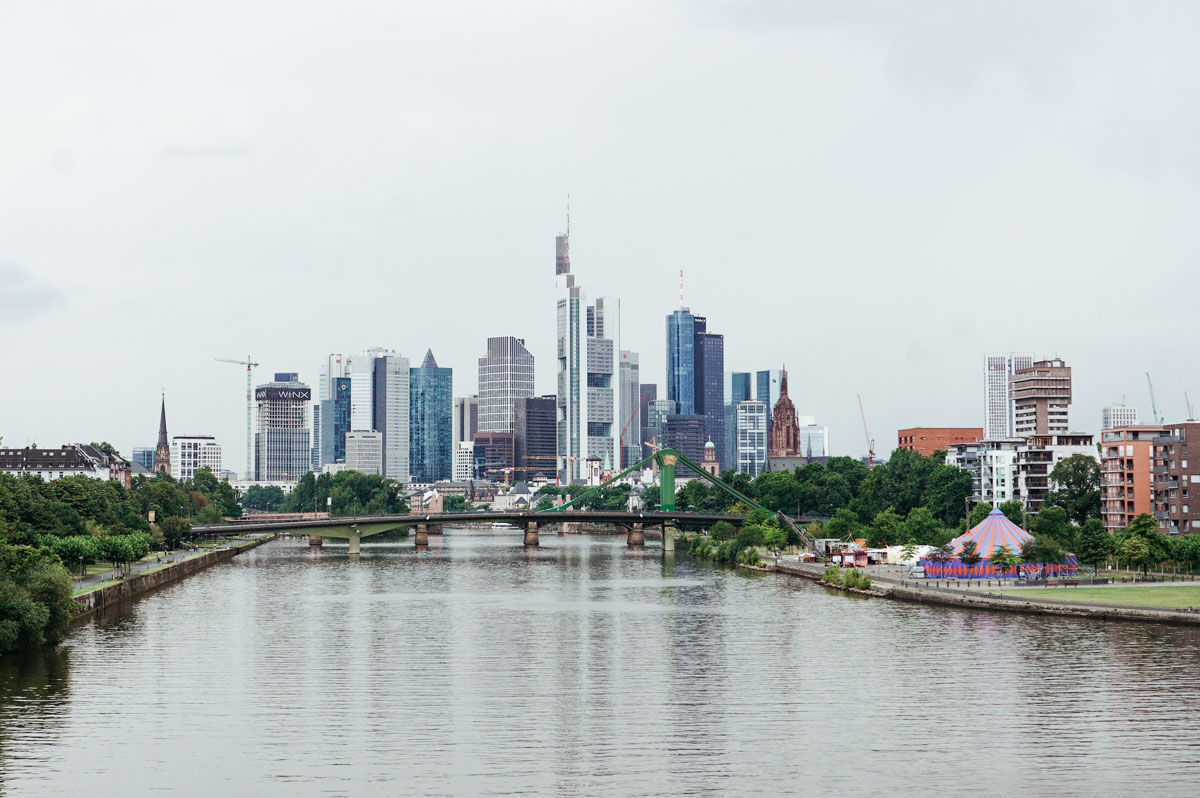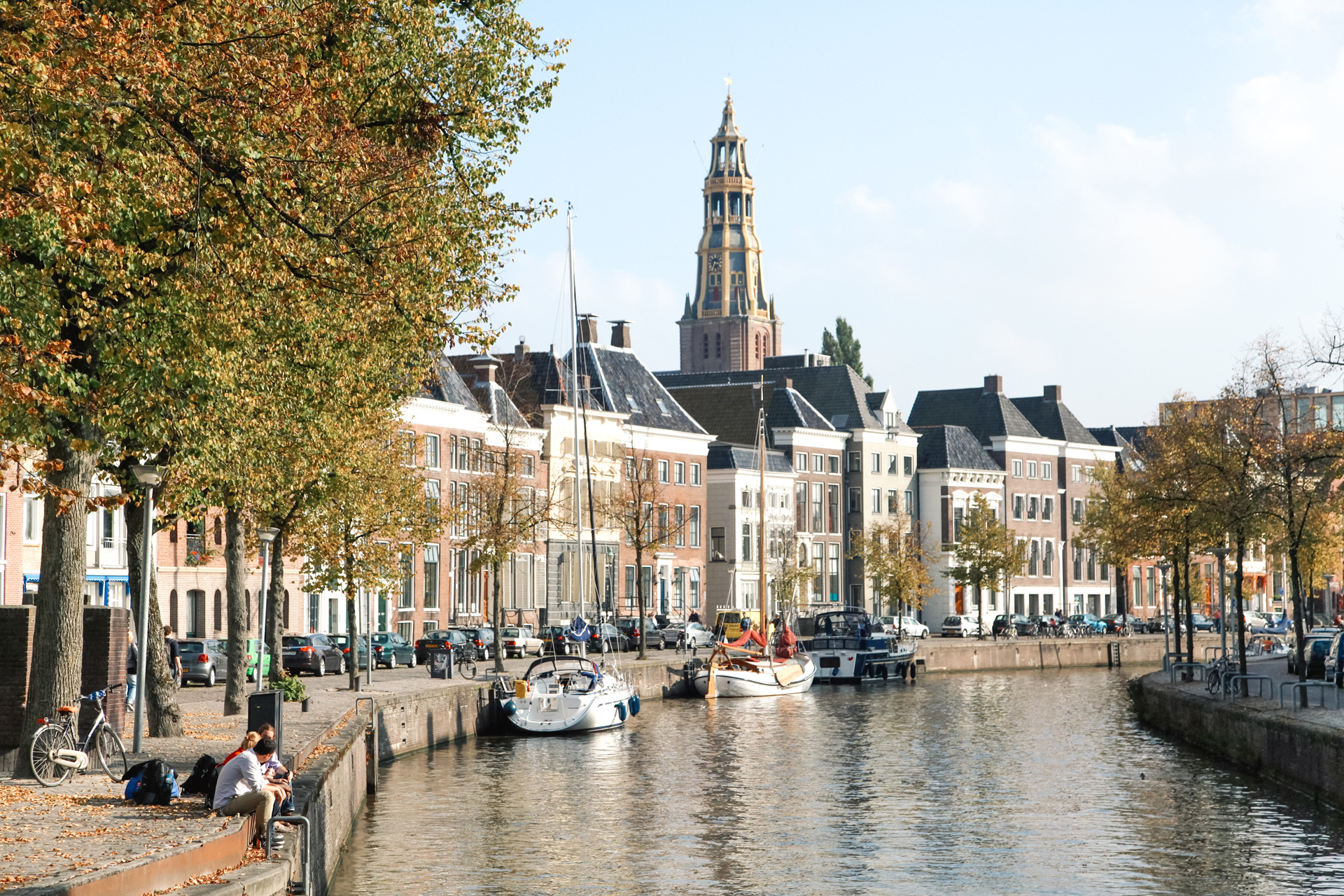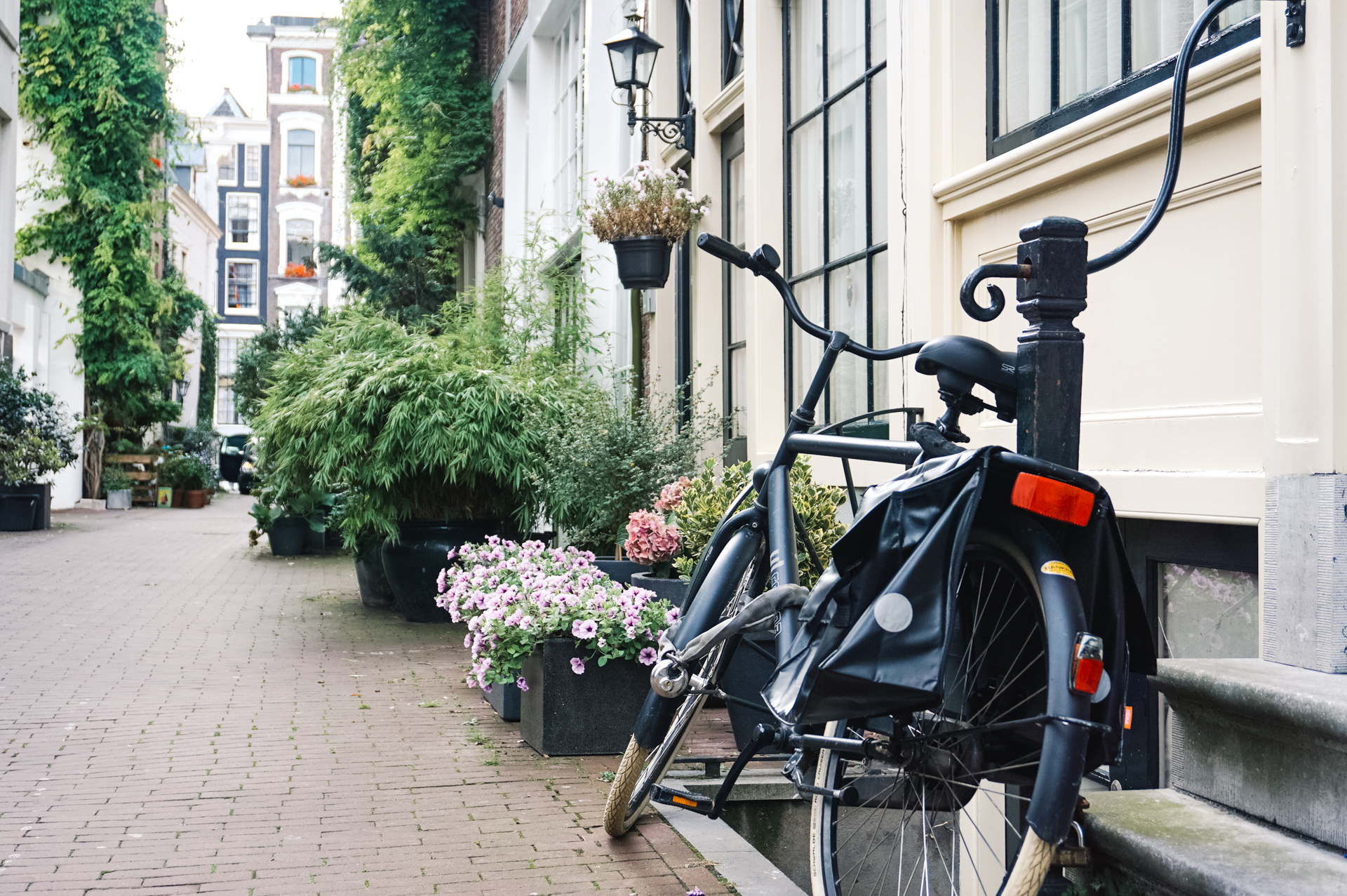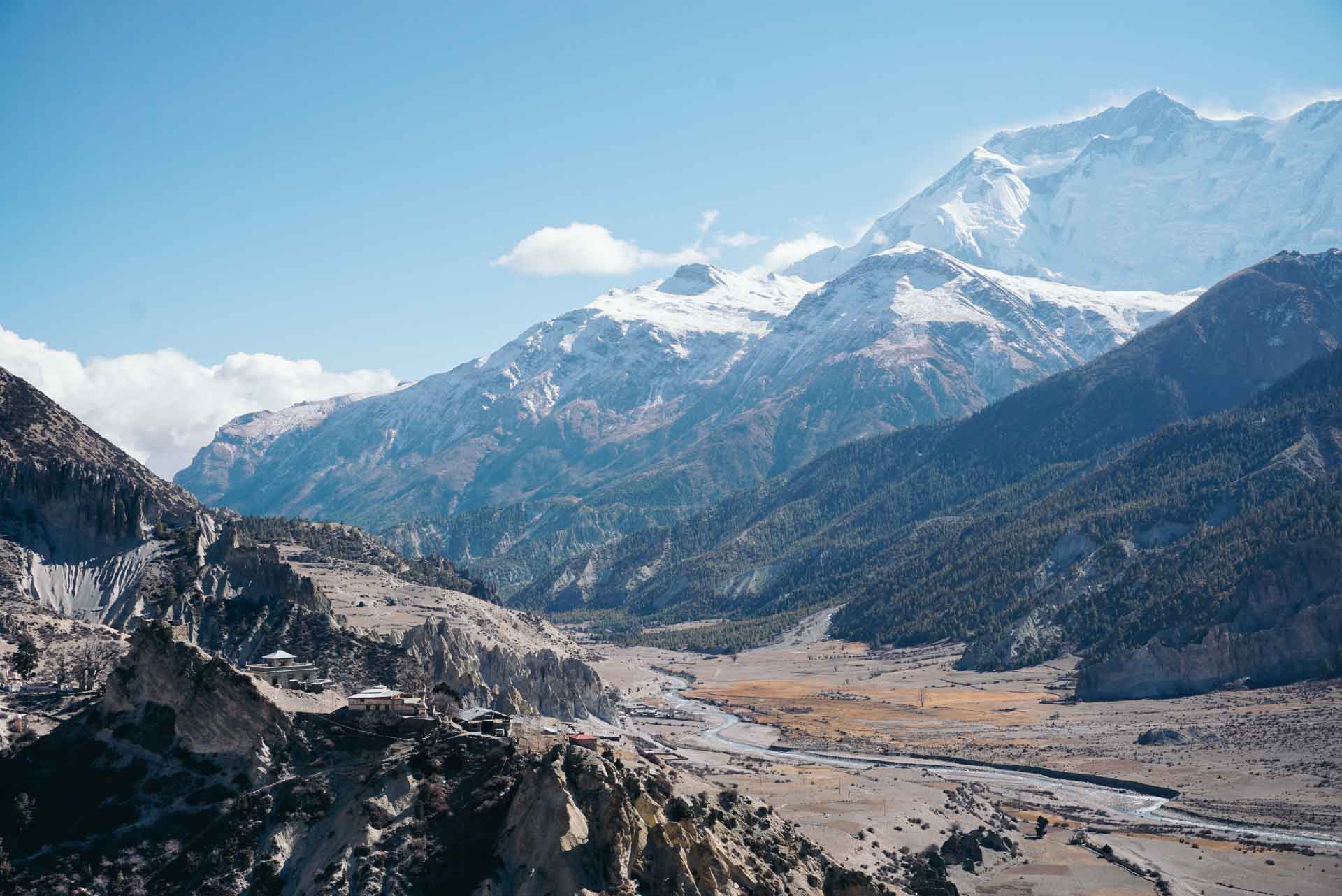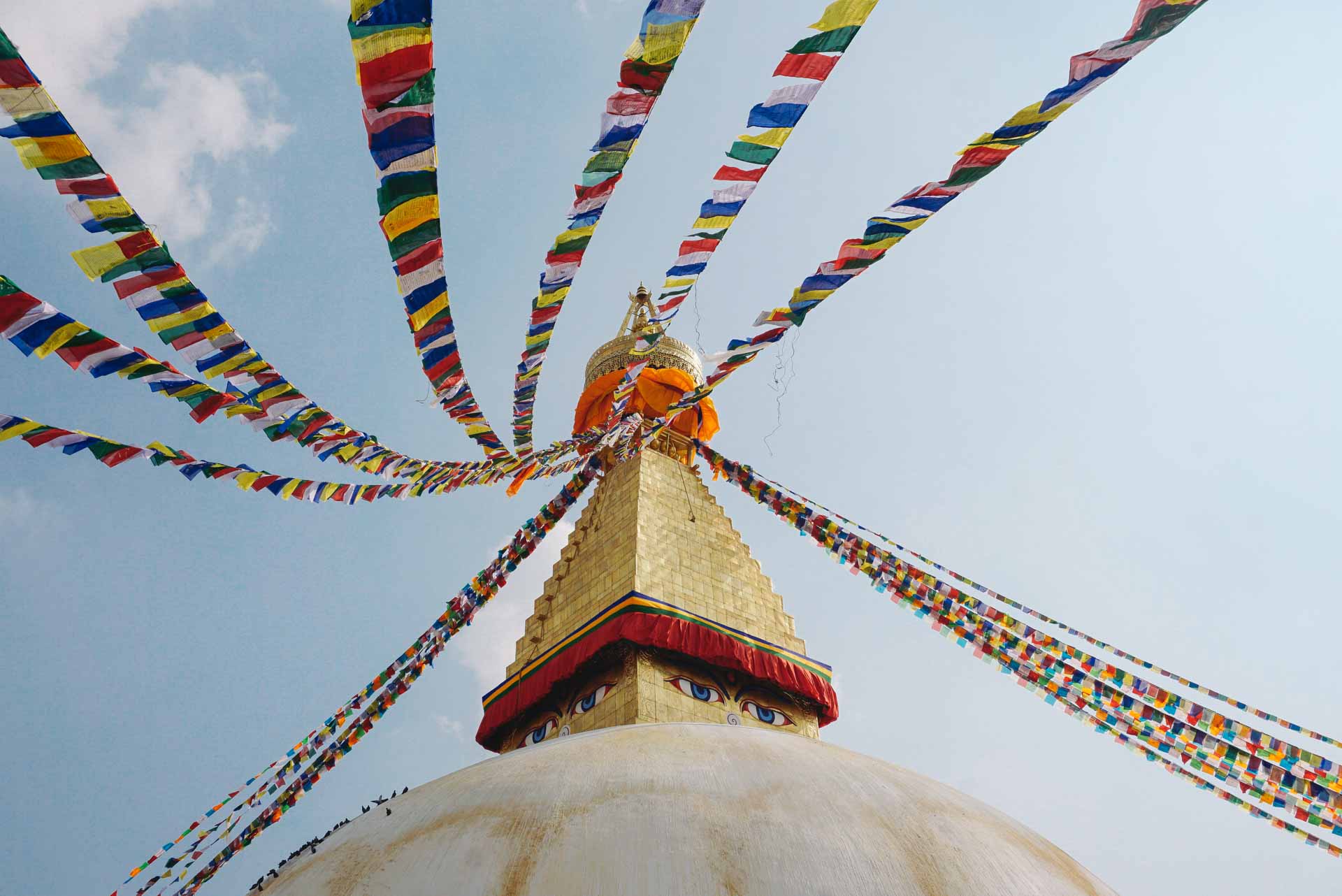Utrecht
A Medieval City of Contrasts
January 15th, 2018
As the summer days slowly transition into fall, I observe the yellowing of the leaves, the more pronounced dips in temperature, the increase in frequency of rainfall. Yet some of the more interesting and memorable episodes of my time in Holland took place in the cities of Utrecht and Groningen. I’m happy to leave the chaos of Amsterdam and involve myself in the little bit more laid-back atmosphere of Utrecht. Located just southeast of the capital, Utrecht acts as an almost identical twin sister city, equally beautiful, but without the abundance of tourists– something I am definitely looking forward to avoiding. I fiddle around my pockets for my chipkaart that my friend Dennis gifted me to access the Intercity rail system, and through the gates I walked. Since I intend to spend some time in the country, it’s a godsend to have these plastic tap-cards on hand instead of purchasing a single paper ticket each time for an extra Euro or two in addition to the cost of transport. I overhear the automated female announcer’s voice blaring over the loudspeakers, waiting to pick up the word ‘Utrecht’ and looking at the screens to find the right platform number. Being the impressionable 24-year old nomad that I am, I turn my head every which way, circling around and analyzing the mass of steel and glass that made up the main structure of Amsterdam Centraal Station. Through the glass windows, I gaze at the sky shifting its hue as the clock struck 5 in the evening.
The Dutch railway system’s efficiency and accessibility connects every major town and city in the Netherlands, and it goes without saying that majority of all public transport commuter distances travelled are via rail. Being a small country, it is possible to traverse the length of the entire country in under two hours by train. Most of the trains are the iconic blue & yellow ones operated by the state-owned NS, or Nederlandse Spoorwegen, and of course, they allow for bicycles to be transported in allotted areas in the cabins, albeit at an additional fee. The train rolls out of the station and before long, I set my gaze out into the vast fields of green that sprawled in the countryside, accentuated by small chunks of forest and livestock that graze freely in the polders. A tributary of the Ij accompanies my half-hour journey towards Utrecht, running parallel to the tracks before splitting off into the distance. If there was one thing I could do all day in The Netherlands, I’d have to say riding on a train would amount to it. As strange as it may seem, it has it’s own form of therapy. I’m sure my Dutch friends would beg to differ!

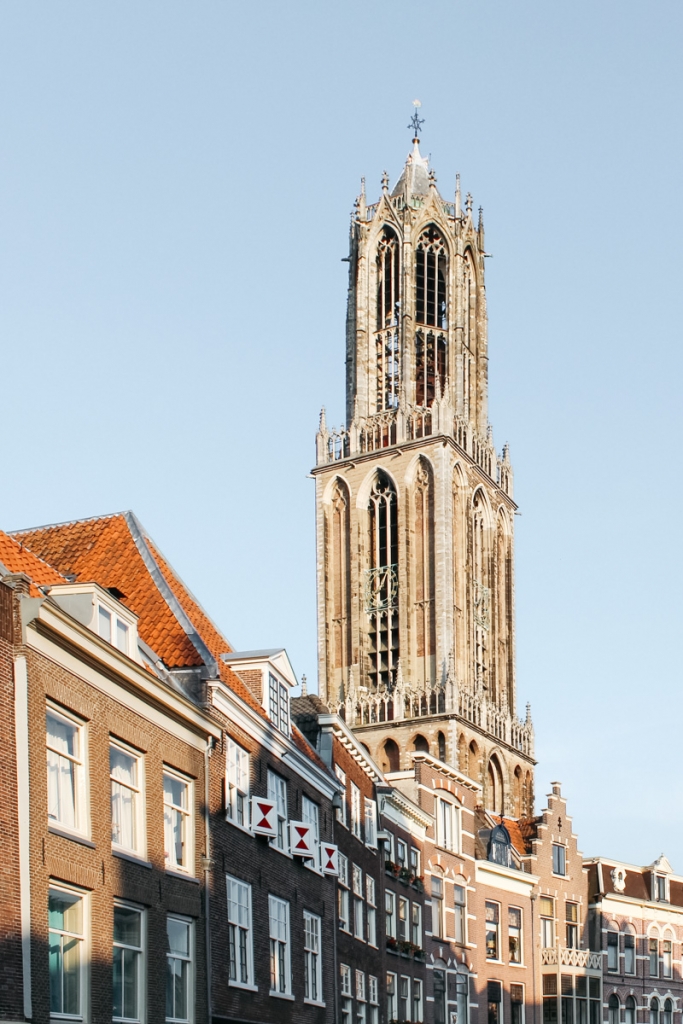

The first thing most people notice upon arriving in Utrecht Centraal for the first time is the sheer size of the station itself, and it’s no different to me either– it’s massive. Strategically located in the middle of the country, the 1900-year old city serves as the constantly beating heart of the Dutch railway network. Walking on the elevated platform towards the station’s exit, I look over to my left to a dozen lines of steel and elevated power cables trailing off into the greying horizon. The trains stop every now and then to pass through Utrecht, like blood veins running like clockwork through the aorta in the human body.
I stay over a few days each at Merel’s and Bram’s, two Utrecht natives that I got acquainted with at Botchan Hostel in Lombok. I present them each a bottle of wine stowed in my pack as a gift of appreciation for allowing me a roof over my head for a number of days. Indeed, it does warm my heart to see them both again, and just before sundown we got right to catching up over a couple of beers at Merel’s workplace, Café Het Hart, where we are joined by our friend Roman hailing from Ruurlo in the east of the country. I think its bewildering that just over a month back, we were all part of a greater group of individuals from all corners of the Earth hanging out together in a hostel in Indonesia in shorts and bikinis playing cards or going for a surf session, and here we are gathered a month or two later amidst this beautiful evening light, halfway across the world in the middle of the Netherlands in our jackets and jeans.
The unique vibe of Café Het Hart (The Heart) attracts patrons from all walks of life, and a considerable amount of them are of African or Surinamese origin, forming a community of its own. Seated on the outdoor patio, we have a good laugh and watch as the people go by on their bicycles and cars. The café’s location beside an intersection makes it an ideal spot to have a beer or two while people-watching. Stepping indoors, a turntable is available for local Disc Jockey hopefuls wanting to make a name for themselves on the local scene.
With both Merel and Bram living relatively close to the city center, I could either bike or walk to work, and whenever I felt like it, hop on the bus for a shorter ride there, appreciating the pleasant journey along the tree-lined streets flanked by the iconic maroon-colored bicycle lanes. I couldn’t help but crack a light smile when I notice a traffic light that displayed Miffy. Raised in honour of Dick Bruna, the creator of the famous cartoon character Miffy (‘Nijntje‘), this traffic light graces a crossing with the colors of the rainbow, signifying the country’s recognition of the LGBT culture, near the Hoog Catherijne Mall, on Lange Viestraat.
I think that some of the happiest moments you can experience while on the road comes at the sight of the unfamiliar, picking out the little details in the environment, the culture, customs, and architecture of a place, that differ entirely from what you’ve already been accustomed to. I find that it’s refreshing to the soul to experience these intricacies and it does make me smile to know that I’m always happier being somewhere completely unfamiliar to me.
Scouting for cafés to work from in the morning and exploring this medieval city in the late afternoon becomes the rhythm of my next few days here in Utrecht. My first instinct when it comes to looking for work spots is to (subconsciously) whip out my phone and pull up the Cafe Finder app, courtesy of the wonderful folk at Workhard Anywhere. Also partly thanks to the reliable and free wireless internet in the city center and a large student population, I never have an issue finding a cozy work-friendly spot to get my hustle on for the day. The Dutch are doing very well indeed at recognizing the booming trend of working outside of the traditional office environment, and an increasing number of cafés around the country are realigning their businesses to cater to the needs of remote workers and students.

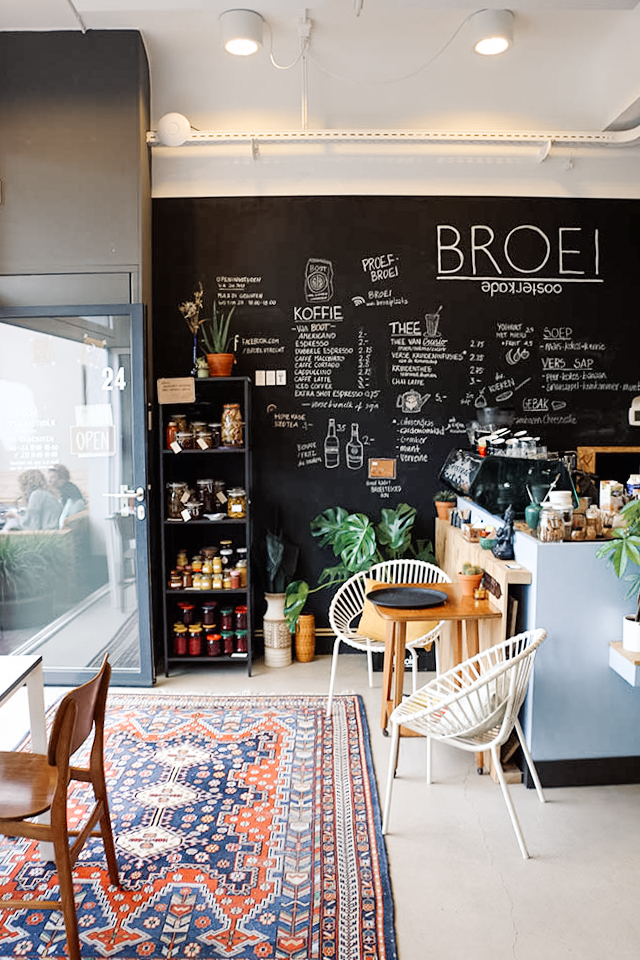
Daanish’s Top 3 Work Spots in Utrecht:
A quaint location amongst vintage and design shops, creative workshops, art galleries and coffee spots along the Oudegracht. If the coffee isn’t enough to kickstart your creativity, the vintage bicycles and assorted items on sale will inspire you to.
Oudegracht 222, 3511 NT Utrecht, Netherlands
Het Muzieklokaal
Het Muzieklokaal offers a spacious venue for the remote hustler by day, and music aficionado by night. Classical music is the daily agenda of this café, and on Thursday evenings and Sunday afternoons, talented upcoming musicians take the stage at this venue on located a quiet street with a picturesque view of the canal just outside the city center.
Bemuurde Weerd Oostzijde 13, 3514 AN Utrecht, Netherlands
BROEI
Whether you just want to sit in a quiet spot here to get some work done for the day and to enjoy a good cup of coffee, or have a group meeting at one of the communal tables here, BROEI is a creative nirvana for freelancers and remote workers based in Utrecht. Located just south of the city center, it provides a quieter space away from the noise of the Oudegracht for you to get your hustle on. Vegetarian options are also on the menu– everything served here is freshly made and organic.
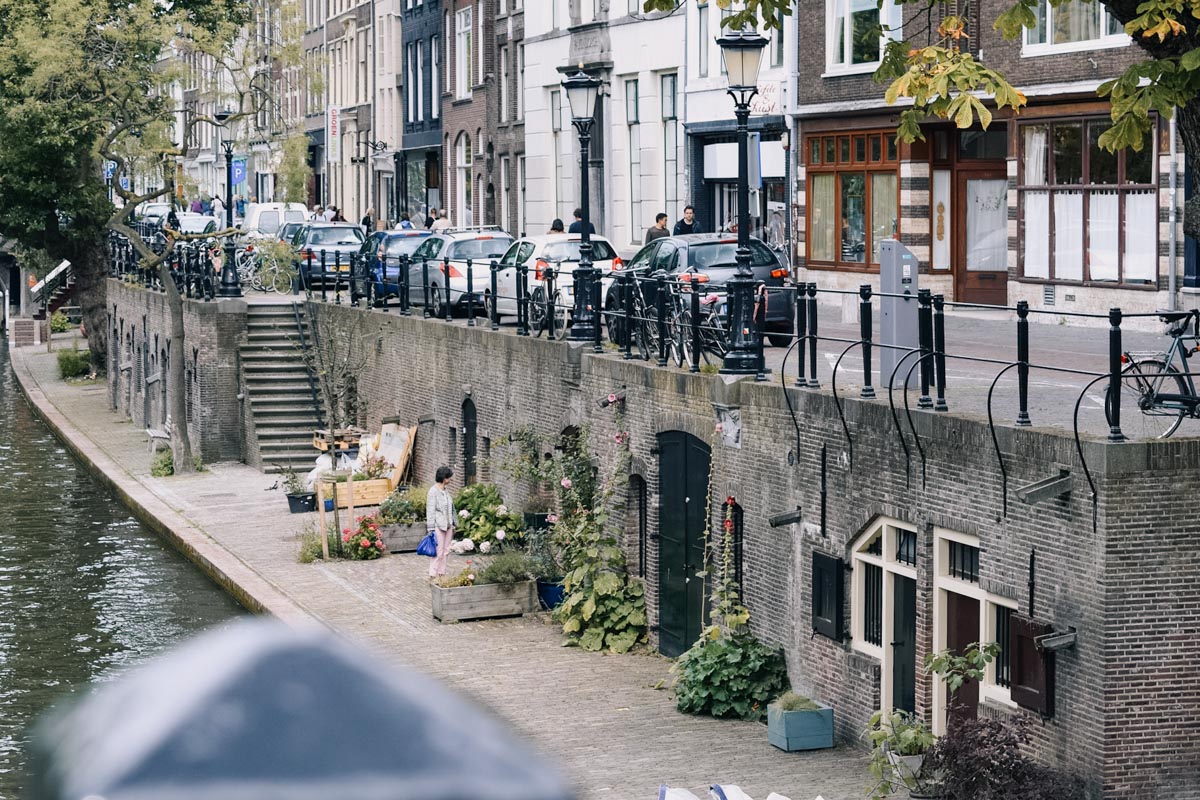

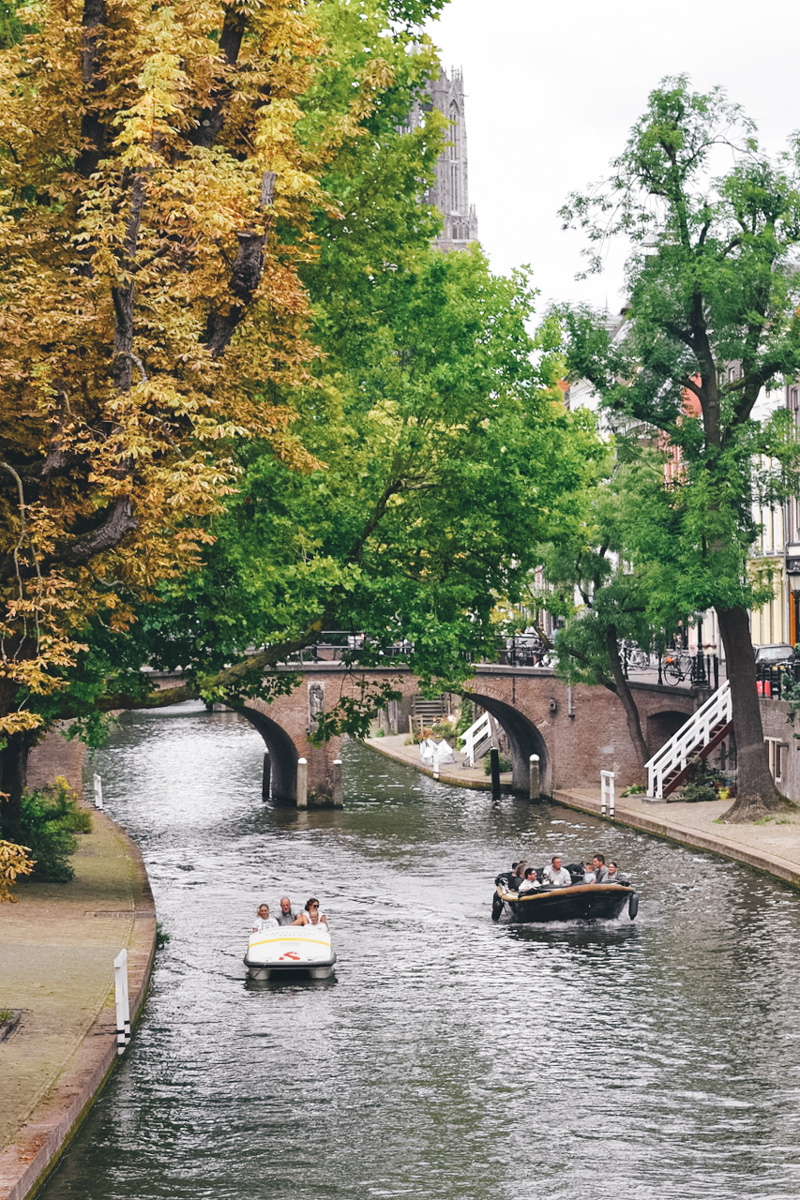
Dating back to ancient Roman times, Utrecht is one of the oldest cities in the Netherlands, standing as one of the cornerstones of Dutch political and religious power in the region. Wandering around for some time, it strikes off to me as a city of contrasts– old medieval-styled brick buildings that have stood their ground for centuries silently intermingle with the younger, more modern concrete facades all over the city. The same could be said of its people too. Some of the younger population choose to take up residence here where it’s relatively cheaper compared to Amsterdam, and make the half-hour commute by train each weekday to work in the capital. What I found incredibly interesting about the city is how the canal district of Oudegracht is a little bit different from most other Dutch cities. Due to the lowered water level around the city during the Middle Ages, merchants lived and carried out their business around the Oudegracht where it would ease transportation and logistics costs. And with the influx of people and subsequent increase of human settlements, so did the level of waste accumulated around the canals. Merchants and traders eventually built their houses over these rubbish grounds and had to walk up the stairs from the canal dock, across the street to their front door, carrying all their goods with them and then walk down another stairway to the cellar to store their goods.
And then one day circa 1200, a smart Utrechter devised a plan of boring a tunnel from the canal bank, under the street and straight to the cellar of his house. As a result, the banks took a different shape over time into a harbor spanning two-kilometers long. Today it still exists as a walkable area along the bank, complete with restaurants and boutique shops built into the tunnels, effectively preserving this unique medieval characteristic not found anywhere else in the world.
Coming to the more modern highlights of Utrecht, TivoliVredenburg would have to be the first thing that comes to mind. This architectural marvel, easily distinguishable by its bold, modernist facade just beside Hoog Catharijne Mall, stands as the latest addition to the city’s already thriving music and arts scene. Completed in June 2014, its five massive concert halls have already played host to some of the region’s most popular musicians and artists, including M83, Kendrick Lamar, Alt-J, Tycho, Bastille, Marilyn Manson, and The XX.
The other, not surprisingly, would have to be the world’s biggest bicycle parking garage. There are in fact, almost as many bicycles as there are people in the Netherlands, and most of them get used pretty regularly, and coupled with the relatively small size of the country, a multi-level parking garage seems like an ingenious solution. Slated to be completed in late 2018, it will be able to hold more than 12,000 bicycles at maximum capacity – right under the central station, where a large number of commuters travel by bike to and from. Such is the level of Dutch ingenuity and innovation that is well-deserving of global appraisal and recognition.
Walking on the streets along the Oudegracht, I notice several lines of text engraved into the brick and concrete tiles running parallel to the canal. I later learn that this is part of a social sculpture started in 2012, dubbed De Letters Van Utrecht (Letters of Utrecht). It’s an ongoing project by the local Guild of Poets, and as each week progresses, a letter is engraved, envisioned to continue into the 22nd and 23rd century, for as long as the city’s residents support it. Words would slowly be inscribed, and with each passing year, verses known only to the next writer’s imagination will continue to wind through the streets.



“You have to start somewhere to give the past a place, the present is getting less and less. The further you are, the better. Go ahead now,
Leave your tracks. Forget the flash in which you may exist, the world is your street plan. Was there a time when you were another: it went by.
You are the other though. You are, as you know, the spell of this story. This is eternity. It takes. It’s time. Therefore, go into your story and swallow. Tell.
Tell us who you are with each step. In our story we disappear naturally, and only you remain in the long run. You and these letters, which are cut out of stone. Like the letters on our grave.
They burst into the Dom. Raised to the sky like an index finger, to indicate the guilty and demand more time. So we can go up straight, like people along the canal.
Stare at their feet. Look up! See Utrecht’s churches protruding above ground level. Raise the hands, begging with the towers to be this privilege: to be, now. The weather is nice.
Stand on. Life is witness to your gaze on the horizon. Your footsteps …”


